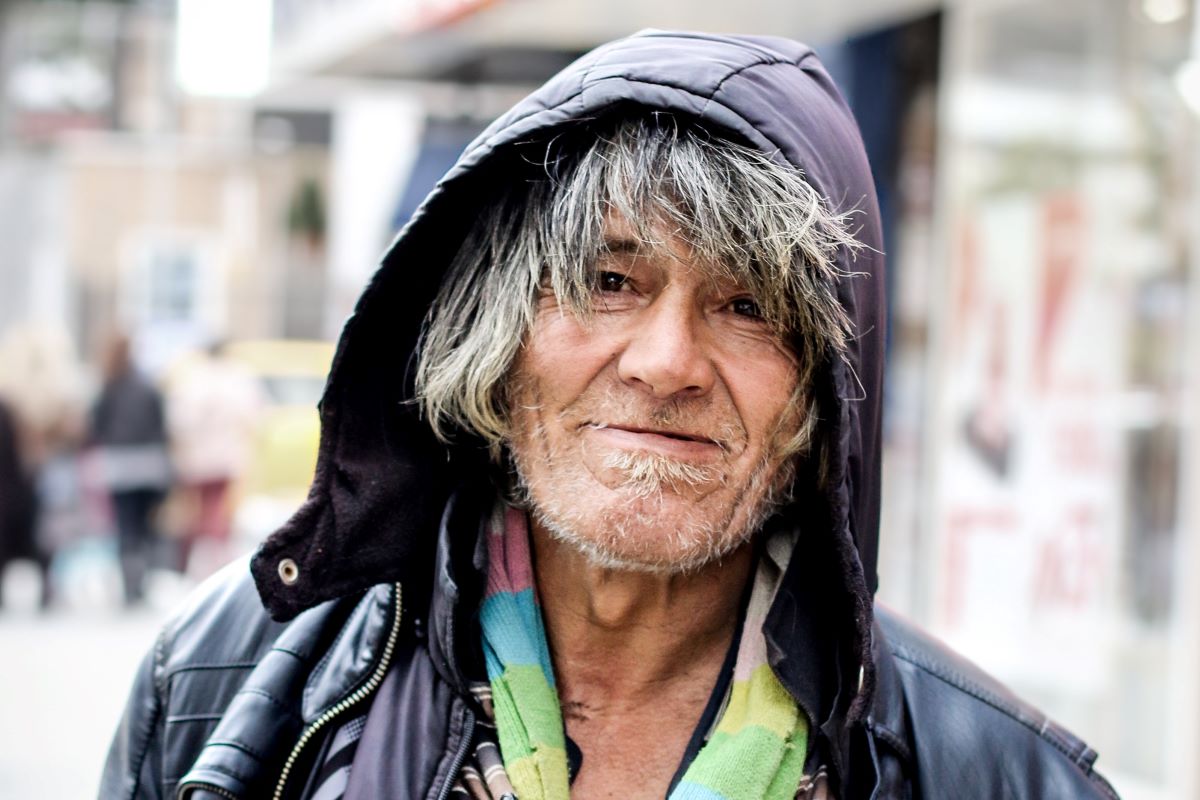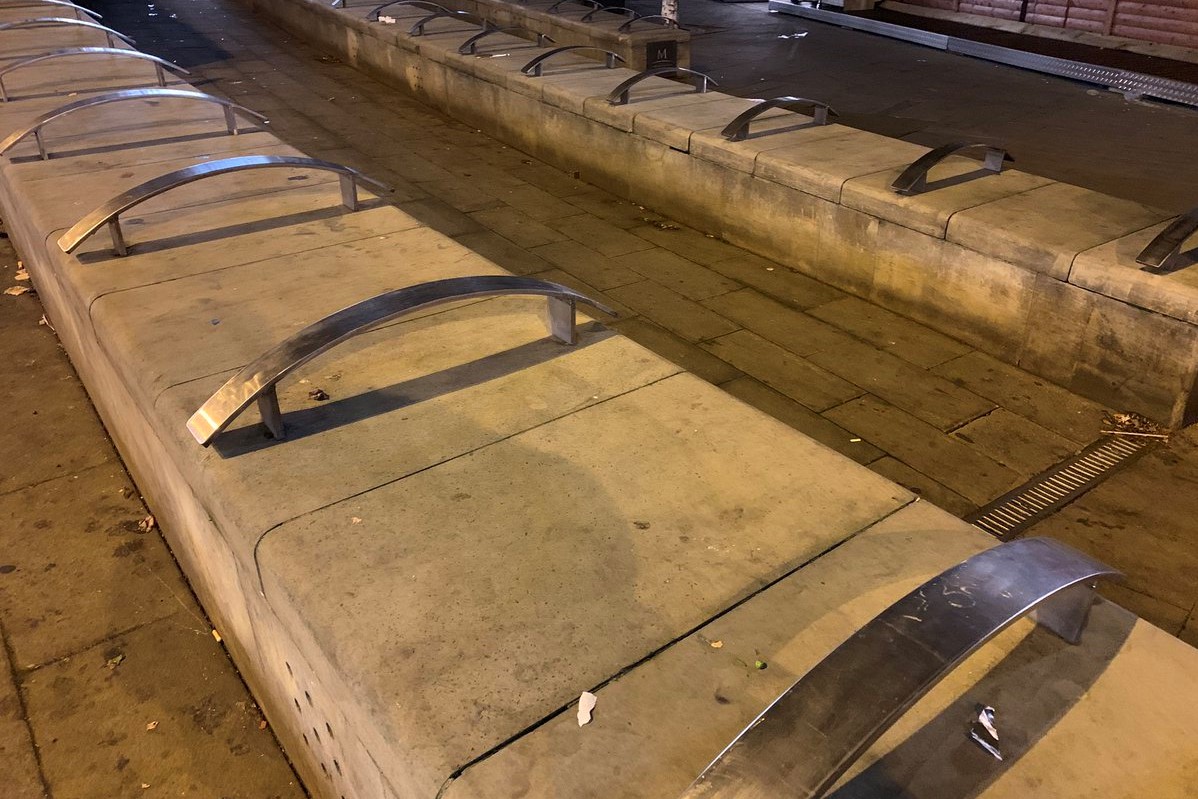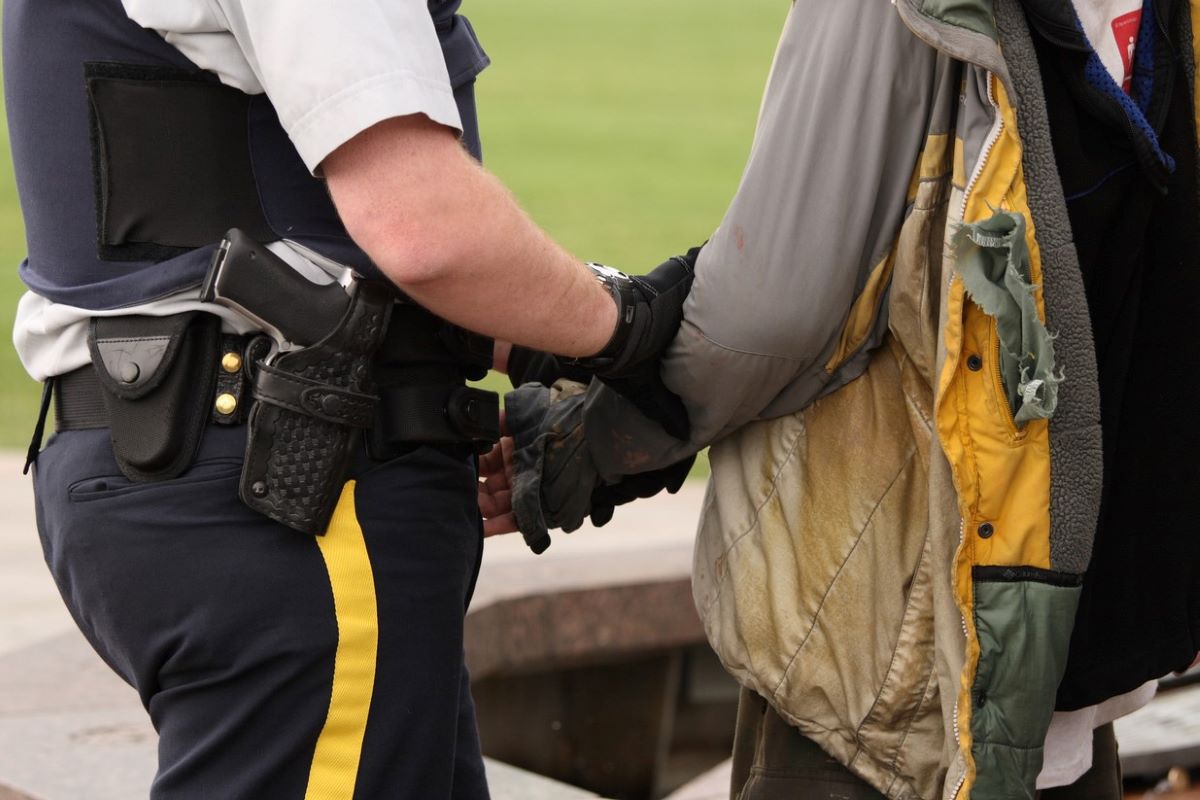For Invisible People, 2019 was a landmark year. We launched a new branded look, brought on experienced writers and took educating the public about homelessness to a new level. More than 3,000 emails and tweets were sent by our readers to politicians this year!
We crushed it on social media reaching more than 1.3 billion people in 2019. That’s an increase of 300 million in one year, and it doesn’t include the 28,005,241 views on YouTube where we have 331,000-plus subscribers.
We produced our 1,000th video among many others including four VR180 videos in partnership with YouTube. And we are reaching 155,006 monthly readers on Apple News – and will soon be published on Google News.
In an ode to our inaugural year of reporting on homelessness news, we present you with our top 10 posts of 2019. Watch tomorrow for our top 10 lived experience posts …

photo credit Bengin Ahmad, Flickr
Making Eye Contact with Homeless People Is Important
For you, making eye contact probably happens dozens of times a day, but for people living on the street, it’s a rare occurrence. More often, people shuffle by quickly, looking absolutely anywhere but at the invisible person they’ve chosen to ignore.
Making eye contact with homeless people instead of ignoring them is safe, easy, and costs absolutely nothing. Once you get good, you can even throw in a smile, nod, or friendly wave. Read more.
How Homeless People Become Homeless
You’ve heard it before: the root cause of homelessness is the lack of affordable housing. That’s still true. However, anyone can become homeless. Setting aside the structural factors and systemic failures, here are the most common individual causes of homelessness. Because this is a more personal look at the subject, I’ve included examples of someone who became homeless in these various ways. Read more.

Pipeline to Homelessness: Aging Out of the Foster Care System
Taking the leap into adulthood is difficult for most people. A lot of things need to come together: finding housing, money for startup costs, and finding a stable source of income. Most of us are fortunate enough to have family and friends to help out. Youth aging out of the foster care system, however, rarely have any resources or supports at all. Combined with other risk factors, this means foster youth often transition directly into homelessness. Read more.
Why Do Some Homeless People Have Cell Phones?
You may be thinking people who can’t afford the basics shouldn’t have access to luxuries like cell phones. But, in this day and age, cell phones are no longer a luxury. They’re a necessity. How else will you keep in touch with your network, call for help if needed, or hear back about a job interview? Read more.
10 Product Donations Homeless Shelters Need
As of January 2017, the U.S. Department of Housing and Urban Development estimated just over half a million people were experiencing homelessness in the United States. With so many relying on shelters for help, available resources are stretched extremely thin. Donations from the communities served are critical so shelters can provide for homeless people.
While clothing is a common and important donation, there are many other items shelters need that are overlooked. We’ve compiled a list of things to keep in mind when donating goods to your local homeless shelter. Read more.

Hostile Architecture: A Look into the Horrifying Anti-Homeless Trend
When you sit on a city bench or wait for a bus, you might not even notice the bars, spikes, and slants built into the furniture. If you do, it’s only for a fleeting moment that you give these odd architectural elements much thought. Perhaps you think the handles in between the slanted bench were put there to afford more personal space. You might assume the bars positioned at the corner of a street are mere decorations. Oh, and those sharp, razorlike spike growing up out of the concrete? A subtle nod to the movie Saw? No…
All of the aforementioned urban features are actually examples of hostile architecture. To soften the label, some clever developers have taken to calling it “defensive design.” It’s high time the general public knows the truth, though. No matter what label these rough components are given, their sole purpose is making homelessness that much harder. Read more.
Meet Oakland California’s First Self-Governed, City-Sanctioned Homeless Camp
“This is the model,” Derrick Soo told me one cold but sunny, fresh-after-the storm February morning. We were standing in front of the 77th Avenue Rangers homeless encampment in East Oakland, California. “This is the silent model for a homeless camp that they are not talking about,” he said of Oakland’s first self-governed, city-sanctioned homeless camp. Read more.

Homelessness Among the Elderly Expected to Triple in 10 Years
The number of elderly individuals experiencing homelessness is rising. In the Annual Homeless Assessment Report, released by HUD, the number of elderly individuals experiencing sheltered homelessness nearly doubled from 4.1 percent in 2007 to 8 percent in 2017. It’s not slowing down, either. This population is expected to triple over the next decade. Read more.
How to Help Homeless People in Your Community
Ever feel like you want to help with a cause but don’t know where to start? If you want to make a difference, try helping homeless people in your area. With so many people living on the streets or in shelters, the amount of change needed can feel overwhelming. With that in mind, here are ways you can help and what to keep in mind. Read more.

The Ultimate Guide to Calling the Police on Homeless People
In a word, don’t. If you’ve ever found yourself wondering if you should call the police on a homeless person, the answer is probably no. Unfortunately, many people feel entitled to call the cops any time they are made uneasy or uncomfortable by a homeless person.
In many of these cases, little to no interaction actually takes place. The caller was never in any sort of danger. Yet the homeless person is still subjected to a potentially harmful visit from law enforcement. All because someone decided they didn’t want to have to look at or share space with that person. Read more.











